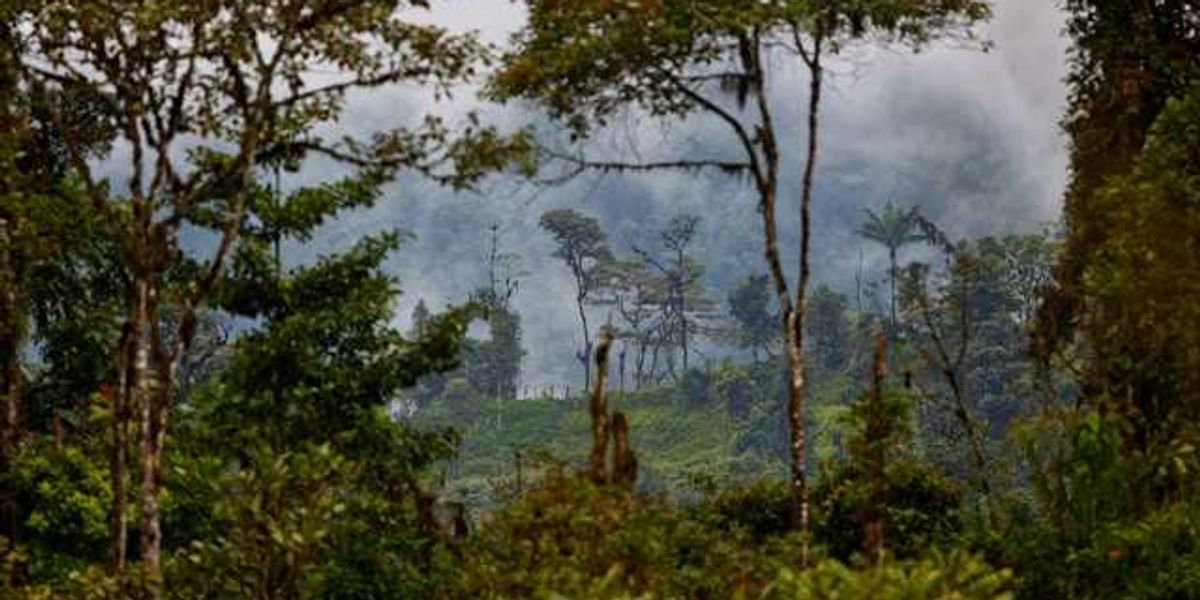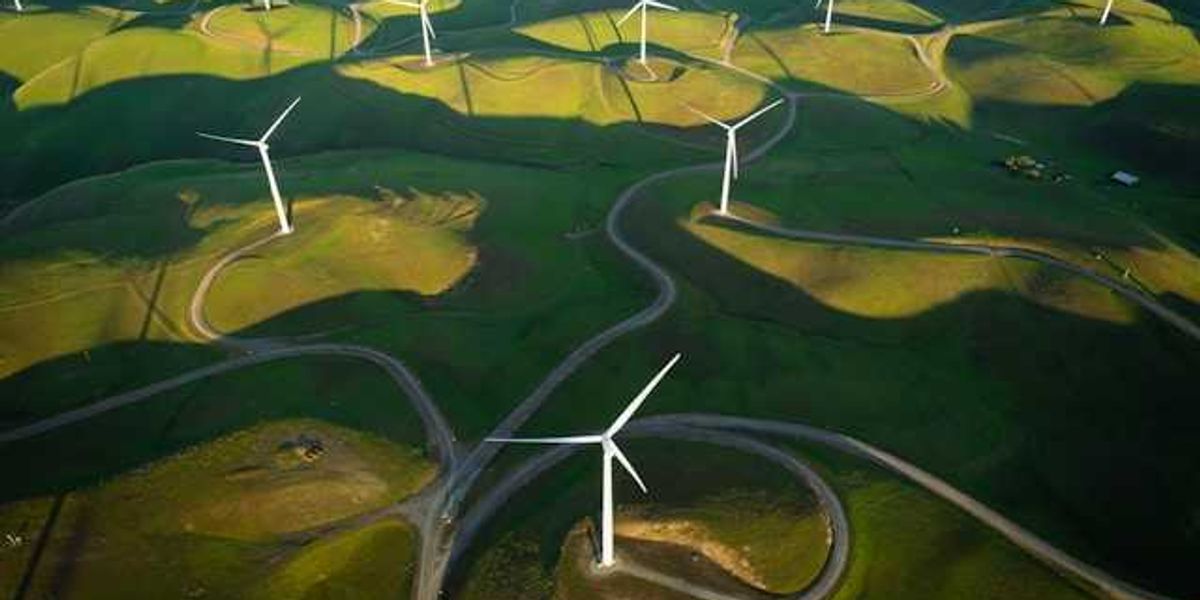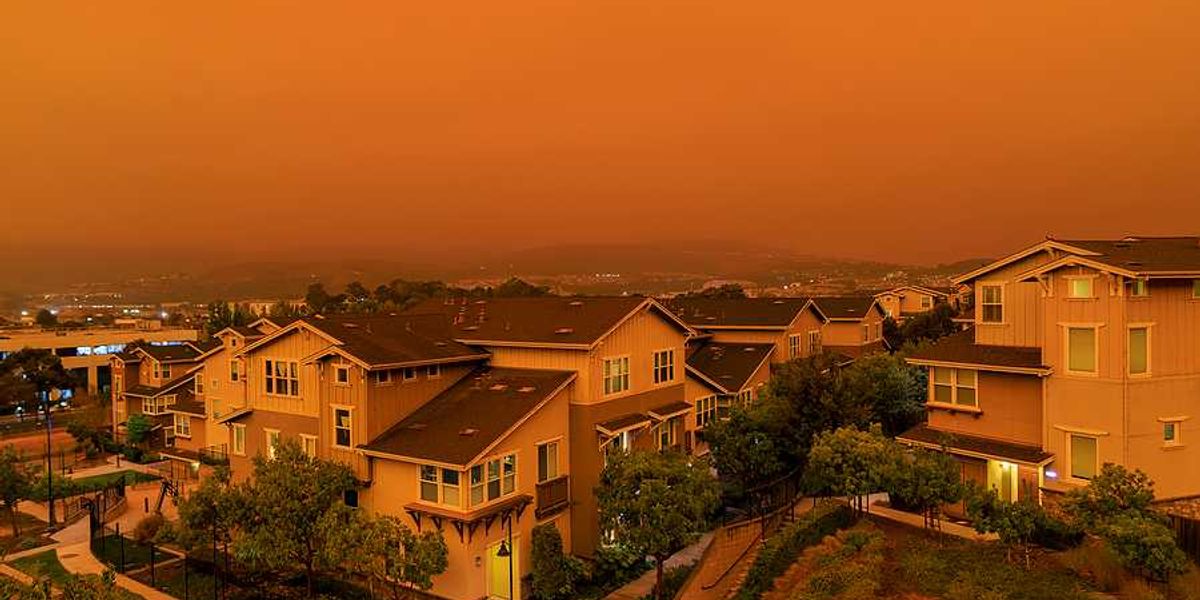California mining company turns to solar heat but can’t quit coal just yet
In California’s Mojave Desert, a mining plant is turning to solar thermal energy to replace one of its coal-fired generators, but a second unit may run for years due to the intense heat and 24-hour power it needs.
Ivan Penn reports for The New York Times.
In short:
- Searles Valley Minerals, a mining company in Trona, Calif., is replacing one of its two coal plants with a solar thermal system but says the other may need to stay online for the foreseeable future due to operational demands.
- The company will use a concentrating solar power system from start-up GlassPoint, which uses mirrors to generate high heat, a solution that works well in hot, sunny areas but requires a large land footprint and remains rare in the U.S.
- Despite California’s push to phase out coal and President Trump’s efforts to revive it, economic and geographic constraints continue to complicate full industrial transitions away from fossil fuels.
Key quote:
“We just think coal is going to be a problem. We’re going to have a hard time sourcing it. We need to be ready to pivot.”
— Dennis Cruise, president of Searles Valley Minerals
Why this matters:
Industrial heat — the kind used in mining, chemical production, and heavy manufacturing — accounts for about half of global energy use, yet it’s rarely mentioned in public climate debates. Unlike home heating or car travel, generating this level of heat without fossil fuels is still tough. Most renewable energy technologies don’t deliver the extreme, continuous heat these facilities need. That leaves industries like the one in Trona stuck with coal, even as it becomes harder to source and politically unpopular. As the U.S. attempts to decarbonize, industrial energy needs present one of the biggest hurdles.
Related: Farmers use solar panels to protect crops and conserve water













